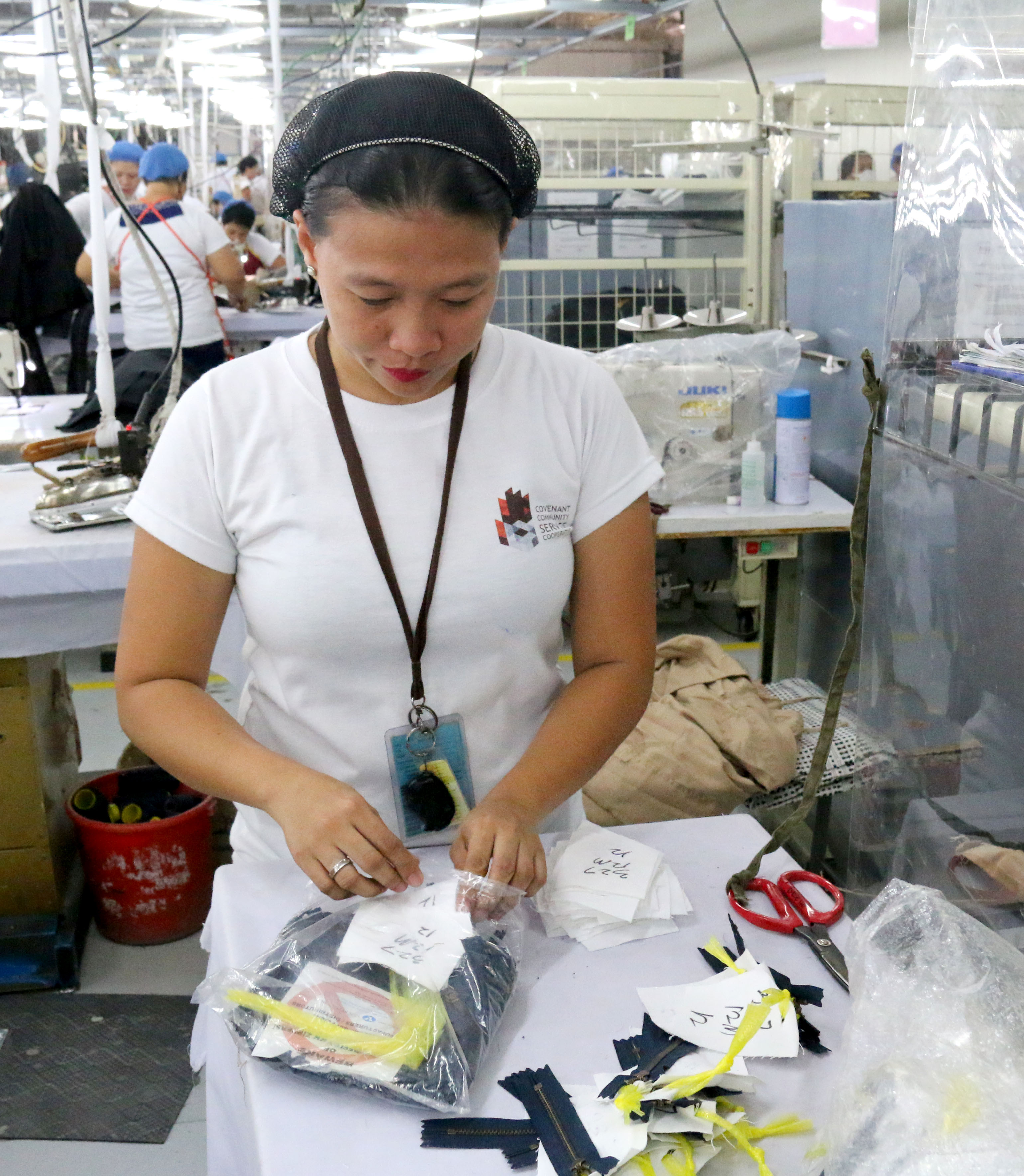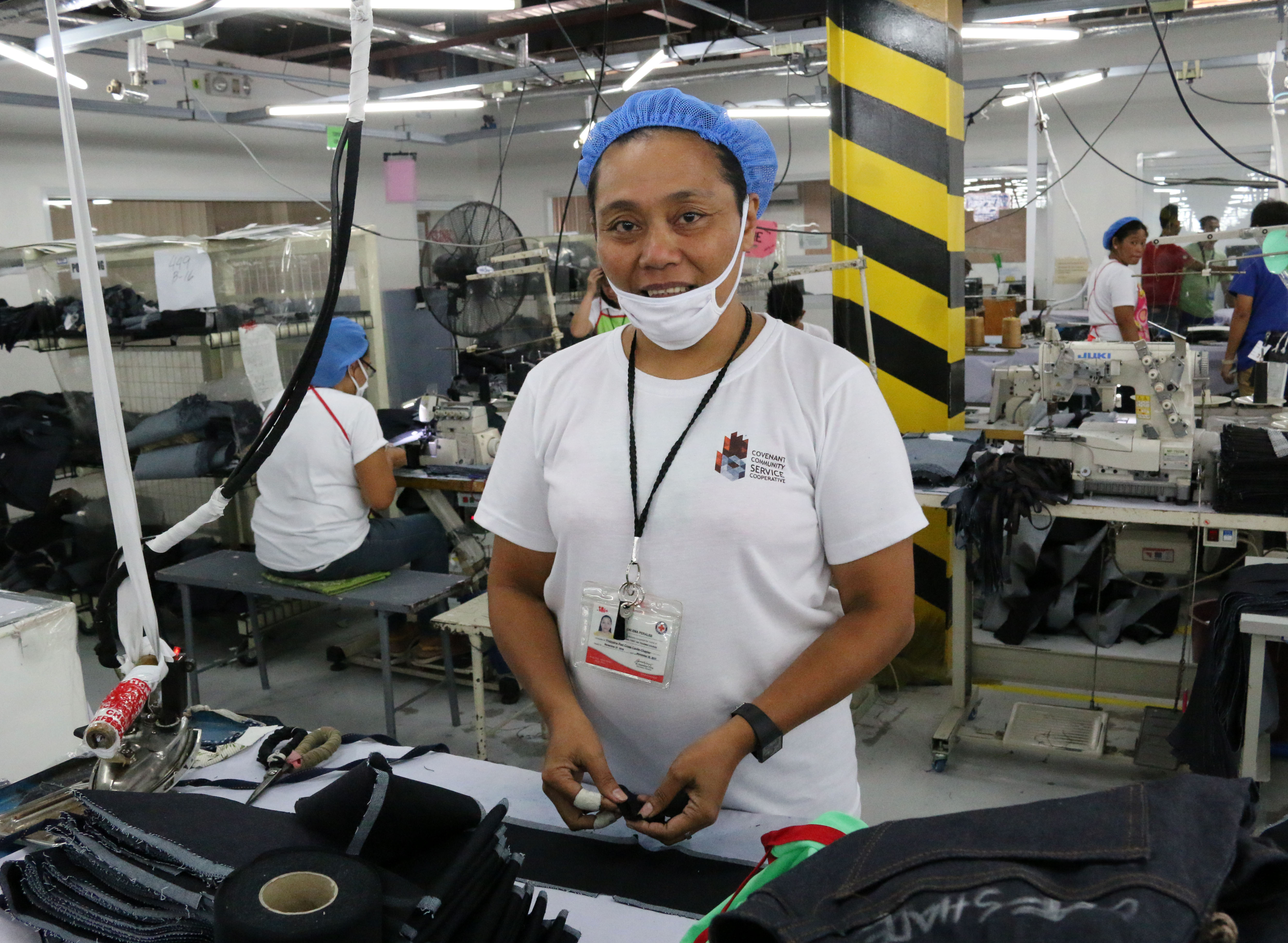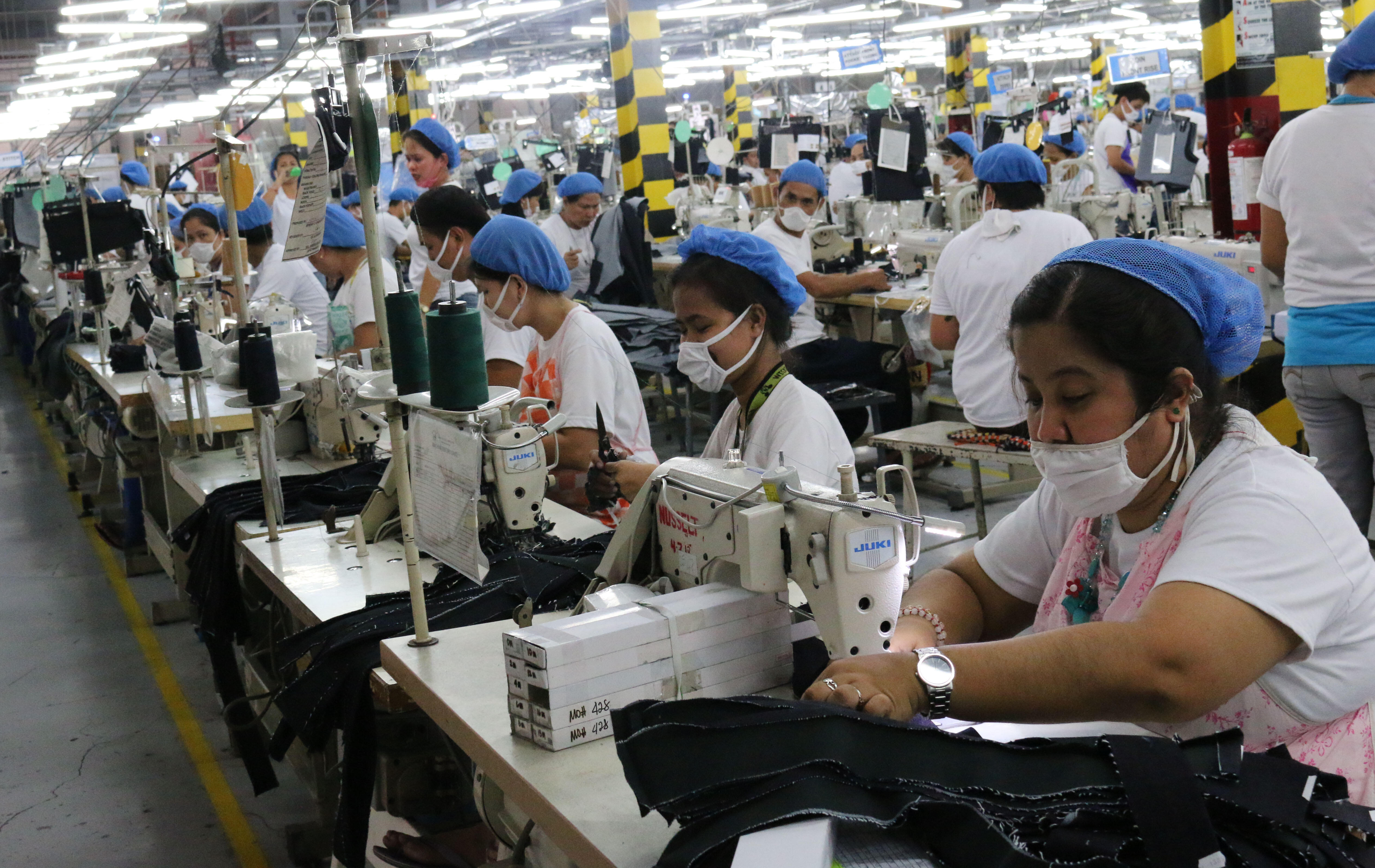Penlyn Decena has two children born six years apart. The birth spacing was not purely by choice – she can’t get pregnant too often as she has thin uterine lining that could cause serious complications when she goes on labor and childbirth.
In fact, even if she and her husband wanted to have three children, they decided to stop at two, fearing that she might not survive another child birth.
After giving birth to her second child seven months ago, Penlyn went on the pill but the anxiety of getting pregnant by accident due to a missed pill hounded her. It also did not help that she has been hearing misconceptions about the side effects of modern contraceptives. Will she continue to take the pill or stop and risk another pregnancy?
The answer came when Hamlin Industrial Corporation, a garments factory in Cavite south of Manila where Penlyn works for, introduced new modern contraceptive methods to employees as part of its family planning in the workplace program with UNFPA, the United Nations Population Fund, last year.

Of the modern contraceptives offered by the company, the subdermal contraceptive implant – a thin rod inserted under the skin in the arm and works just like the pill – specifically caught Penlyn’s attention because it has a three-year effectivity. “I told my husband about it and he was the one who encouraged me to try it since it is available for free in the company,” says Penlyn, an assistant line leader in the factory.
Her factory co-worker, 43-year-old Magdalena Perales, who has three children also availed of the implant. Magdalena says it gives her peace of mind knowing that she can stay employed and help her husband, a security guard, earn an income for the family.
“It is impossible to take care of a baby and have a full time work at the same time. Family planning allows me to focus on work and be more productive economically. I also get to take care of myself and give better attention to my three children,” Magdalena says.

Penlyn and Magdalena are just two of the hundreds of women benefiting from the family planning program of Hamlin, which employs up to 3,500 workers, about 80 per cent of whom are women.
Company nurse Elvin Banzali says that for most of the factory workers, access to contraceptives would not have been as easy without the family planning program in the workplace. “The company has made family planning very accessible to the workers not only in terms of provision of contraceptives. The lectures, services in the clinic, and peer health educators make the program truly visible where we work,” he explains.

Rina Baybay, manager of Hamlin’s corporate social responsibility program, notes that family planning was introduced in the company in 2007 with the support of the Employers Confederation of the Philippines (ECOP) but most of the activities focused on raising awareness among their workers. The partnership with UNFPA strengthened the program because of the introduction of modern methods of family planning.
"It has been the company’s mission to ensure quality of life of its employees. The program has boosted the morale of workers because it demonstrates the company’s concern for their welfare. The program has also honed the potential of some workers to become leaders through the peer health educators program,” says Rina.
In 2008, a year after Hamlin first introduced its family planning in the workplace program, a cost-benefit analysis study showed that for an investment of a little over P100,000 in information and education campaign, contraceptives subsidy, and program management costs, contraceptive use among company employees increased to 60 per cent from a low of 31 per cent.


